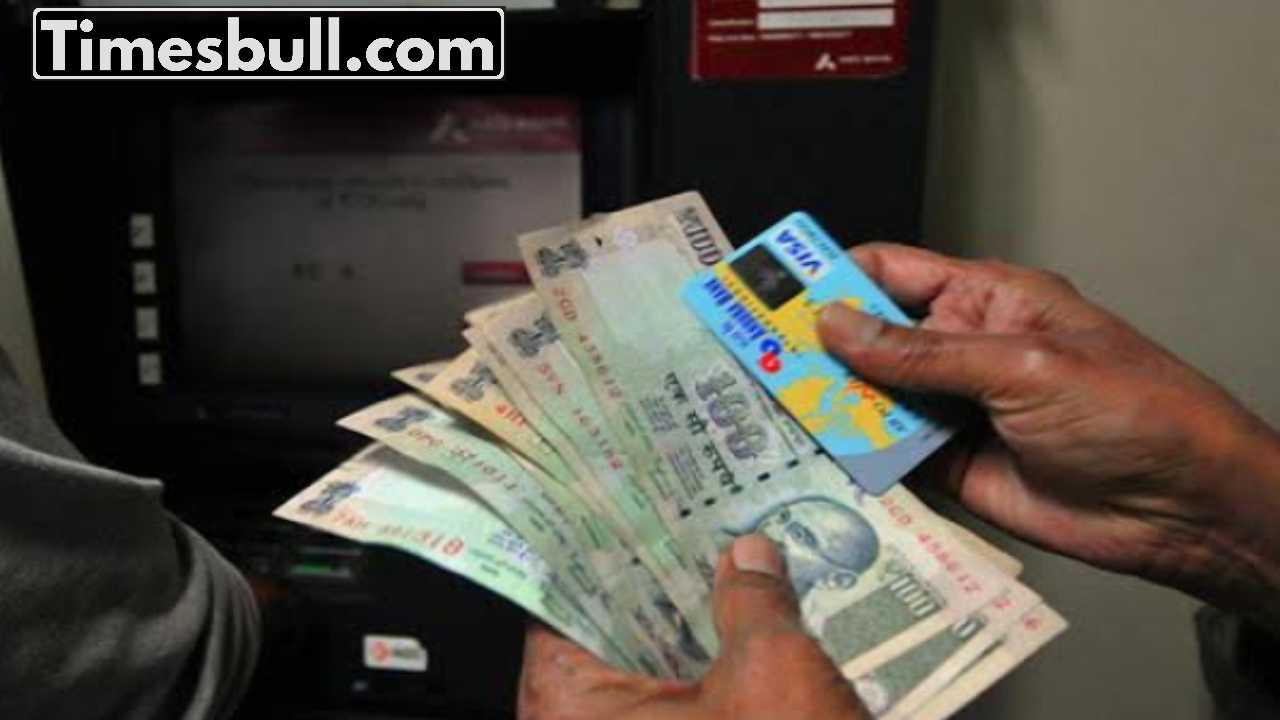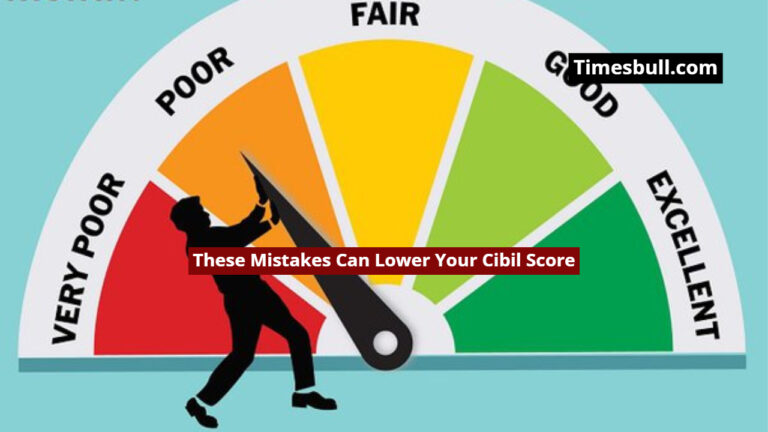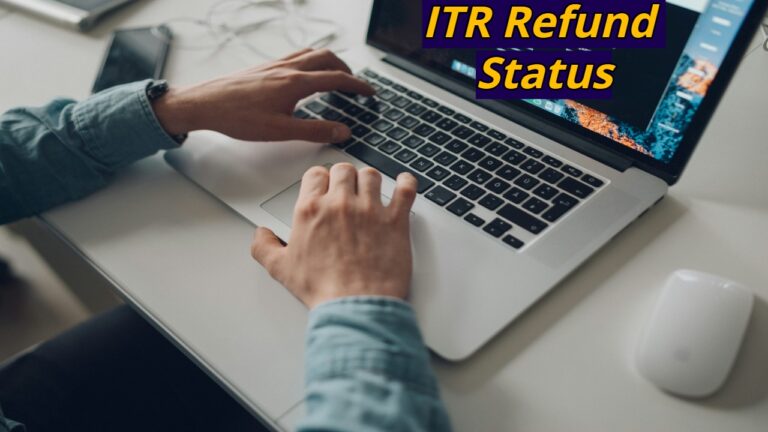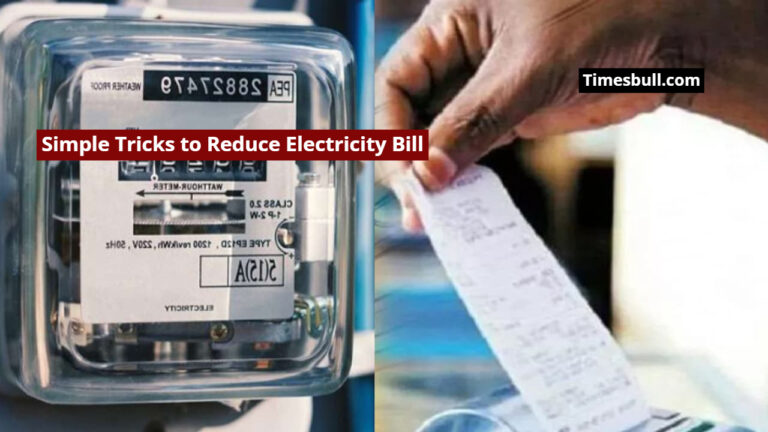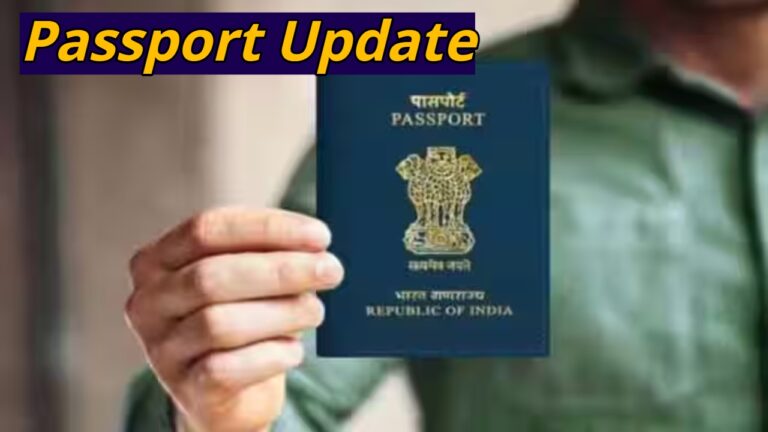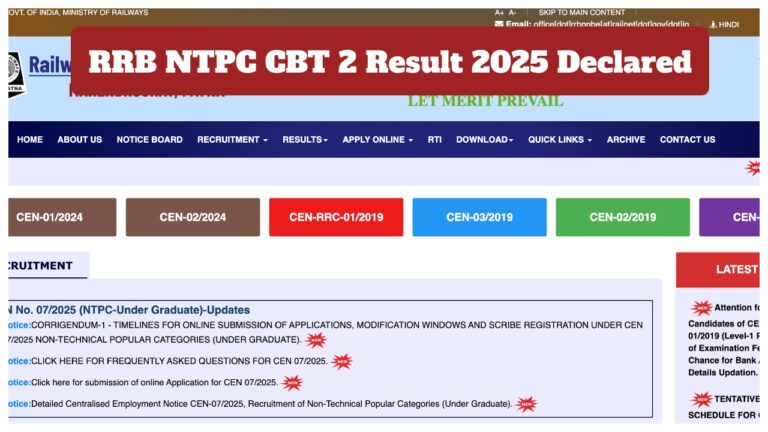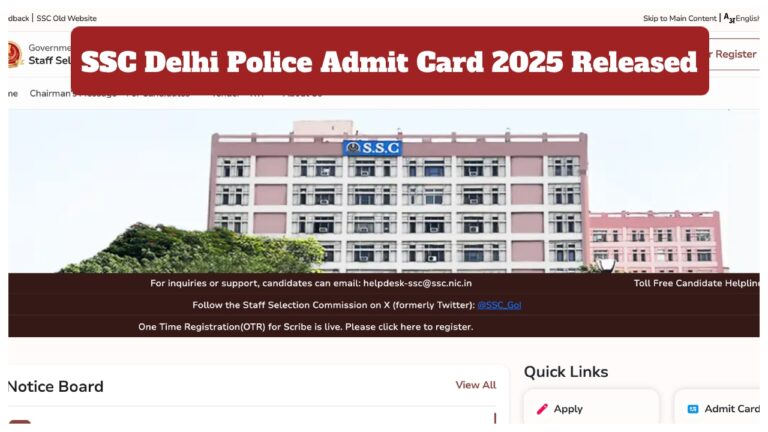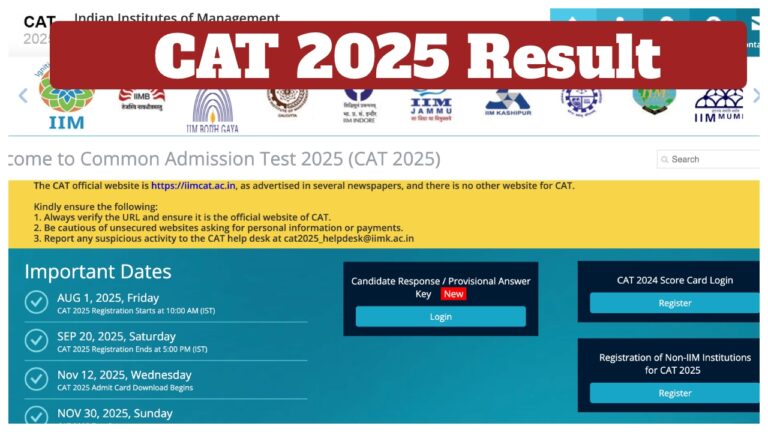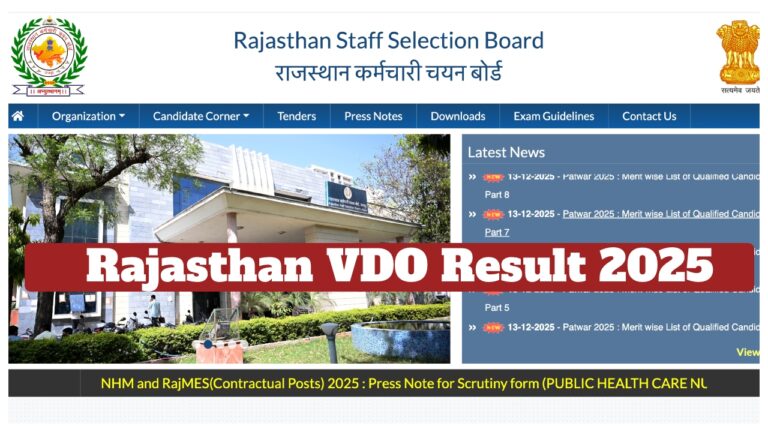The Reserve Bank of India (RBI) had instructed all banks to make ₹ 100 and ₹ 200 notes available in their ATMs. The effect of this initiative has now started showing on the ground. According to a recent report, 73% of the country’s ATMs have become such that at least one cassette (note box) is dispensing ₹ 100 or ₹ 200 notes. In December 2024, this figure was 65%, which means that the availability of small notes is constantly improving.
Out of the total 2.15 lakh ATMs in India, this company operates 73,000 ATMs. The company has said that the availability of notes is constantly improving. Anushree Dhawan, an official of the company, said that even today 60% of the people in India spend in cash. In such a situation, the availability of small notes in ATMs is very important so that people do not face any problems in daily shopping and small transactions.
The company official says that if ₹ 100 and ₹ 200 notes can be withdrawn directly from the ATM, then it will be easier for people to withdraw money according to their needs. People will not have to depend only on them for small transactions.
Mandatory availability of small notes

The Reserve Bank of India issued a circular in April 2025, which said that by 30 September 2025, all banks will have to ensure that at least 75% of their ATMs dispense ₹ 100 or ₹ 200 notes. After this, this figure will have to be increased to 90% by 31 March 2026. With this step, small notes will be easily available in most ATMs and people will get a lot of convenience in everyday tasks.
Withdrawing cash from an ATM will be expensive
The Reserve Bank has made some changes in the rules for withdrawing money from ATMs from 1 May 2025. Now, if you transact more than the prescribed limit in a month, you will have to pay more charges than before. When you withdraw money from an ATM of another bank instead of your bank, you pay an ‘Interchange Fee’ to the other bank. Most of the time this expense is recovered from the customer itself. Now this fee has also been changed and the transaction limit has also been reduced.
How much will be the fee now

Now if you withdraw cash from the ATM after the set limit, then you will have to pay a fee of ₹ 19 on that transaction, which was ₹ 17 earlier. If you do any non-financial transaction, like checking your balance, then a fee of ₹ 7 will be charged on it, which was ₹ 6 earlier. But this fee will be charged only when you use the ATM more than your transaction limit.
What is the limit for withdrawing cash from an ATM
If you live in big cities like Mumbai, Delhi, Kolkata, Chennai, Bangalore, or Hyderabad, then you can transact 3 times from any bank’s ATM every month. But if you live in non-metro or small cities, then this limit is 5 times. If the transaction is not completed due to lack of cash in the ATM or any technical problem, it will not be counted as a transaction and no charges will be levied on it.
